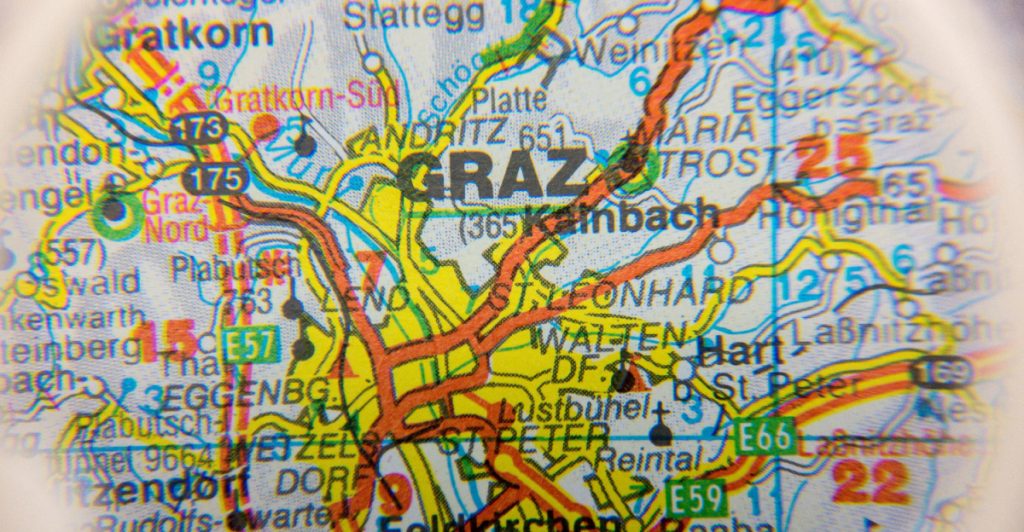A lone gunman killed ten at his former school in Graz, reigniting painful memories of past attacks across Europe.
Others are reading now
Austria is reeling from one of its deadliest school shootings to date. On Tuesday morning, a 21-year-old man walked into a high school in Graz with two legally owned firearms—a rifle and a handgun. Within minutes, he opened fire, killing ten people before taking his own life.
Authorities later found a non-functional homemade bomb and a farewell letter addressed to his parents at his home. While the motive remains unclear, the massacre has already been labeled the worst school shooting in Austrian history.
A Shocking Day Across Europe
Elsewhere that same day, tragedy struck in France. A 14-year-old student fatally stabbed a school employee during a backpack check in Nogent, northeast of Paris. The boy was quickly apprehended.
These two attacks on the same day have reignited Europe’s memory of past school shootings—events once considered rare on the continent.
Also read
Dunblane, 1996: A National Turning Point
In Scotland, the Dunblane massacre remains the most lethal school shooting in British history. A man with four handguns entered a primary school gym and murdered 16 children and a teacher before killing himself. The incident prompted a complete overhaul of the UK’s gun laws.
Germany: Érfurt and Winnenden
Germany saw two mass shootings in schools within a decade. In Érfurt (2002), a former student murdered 16 people, mostly teachers. In Winnenden (2009), another ex-student killed 15 people, 12 of them at his school, before turning the gun on himself.
Tragedy in the Czech Republic and Sweden
The 2023 shooting at Charles University in Prague left 14 dead and 25 injured. The suspect was a student. In Sweden, a mass shooting this February at a school in Örebro took 11 lives. The gunman, an isolated man in his thirties, also died in the attack.
Serbia and Finland: Children as Shooters
Serbia was rocked in 2023 when a 13-year-old used his father’s guns to kill ten people at his elementary school. Finland, meanwhile, experienced two deadly shootings in 2007 and 2008, both committed by students and both preceded by disturbing online videos.
What Europe Changed—And What the U.S. Hasn’t
Several European nations acted swiftly after mass school shootings.
Britain’s response to Dunblane was especially decisive: just a year later, it banned most private ownership of handguns.
Germany tightened gun licensing laws after Winnenden and Érfurt. Finland, too, imposed new age restrictions and storage requirements.
In contrast, the United States—where school shootings occur with tragic regularity—has struggled to pass comprehensive reforms at the federal level.
Debates over background checks, assault weapons, and red-flag laws often stall in Congress, despite widespread public support for tighter regulations.
Europe’s measures haven’t eliminated school shootings altogether. But the significantly lower frequency compared to the U.S. suggests that stricter controls can reduce both access and opportunity.
As reported by 20minutos.


